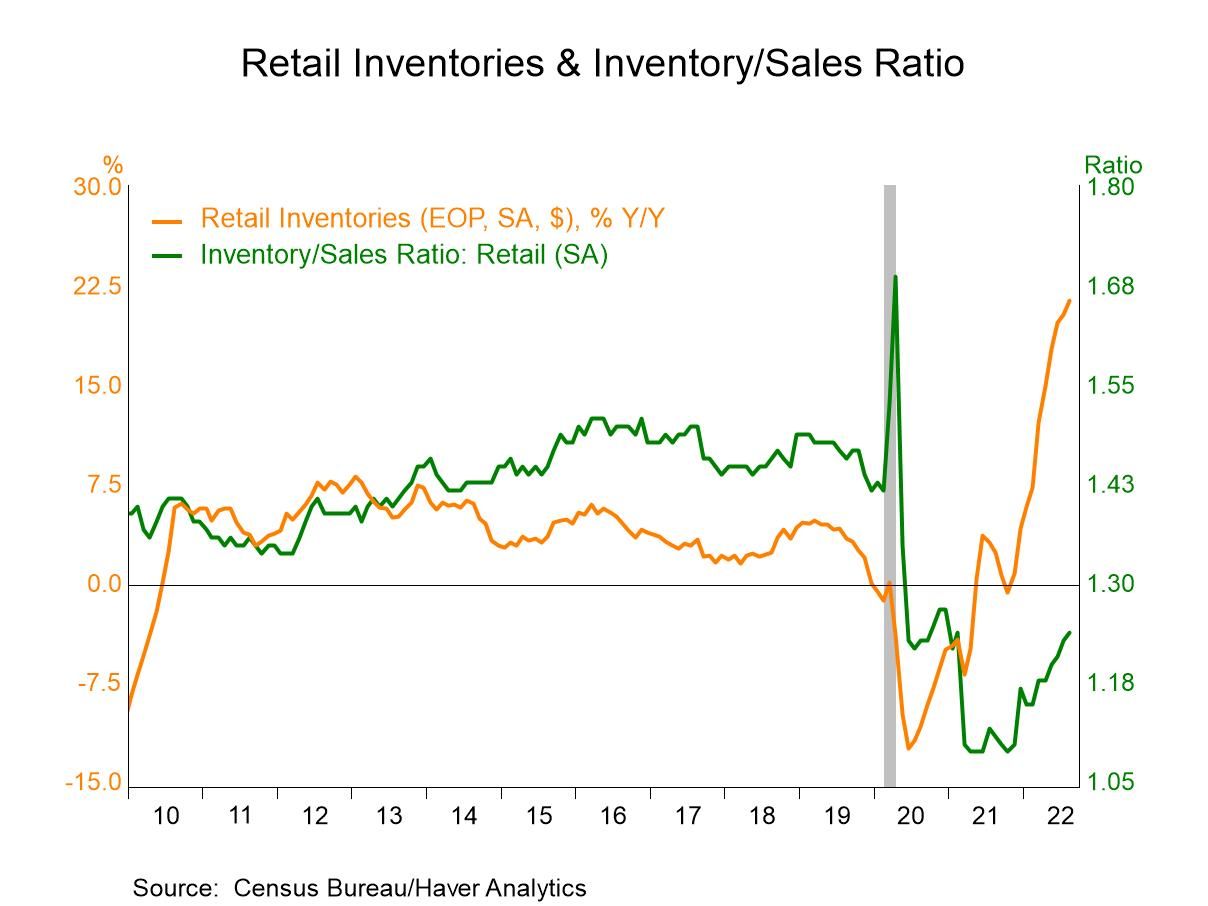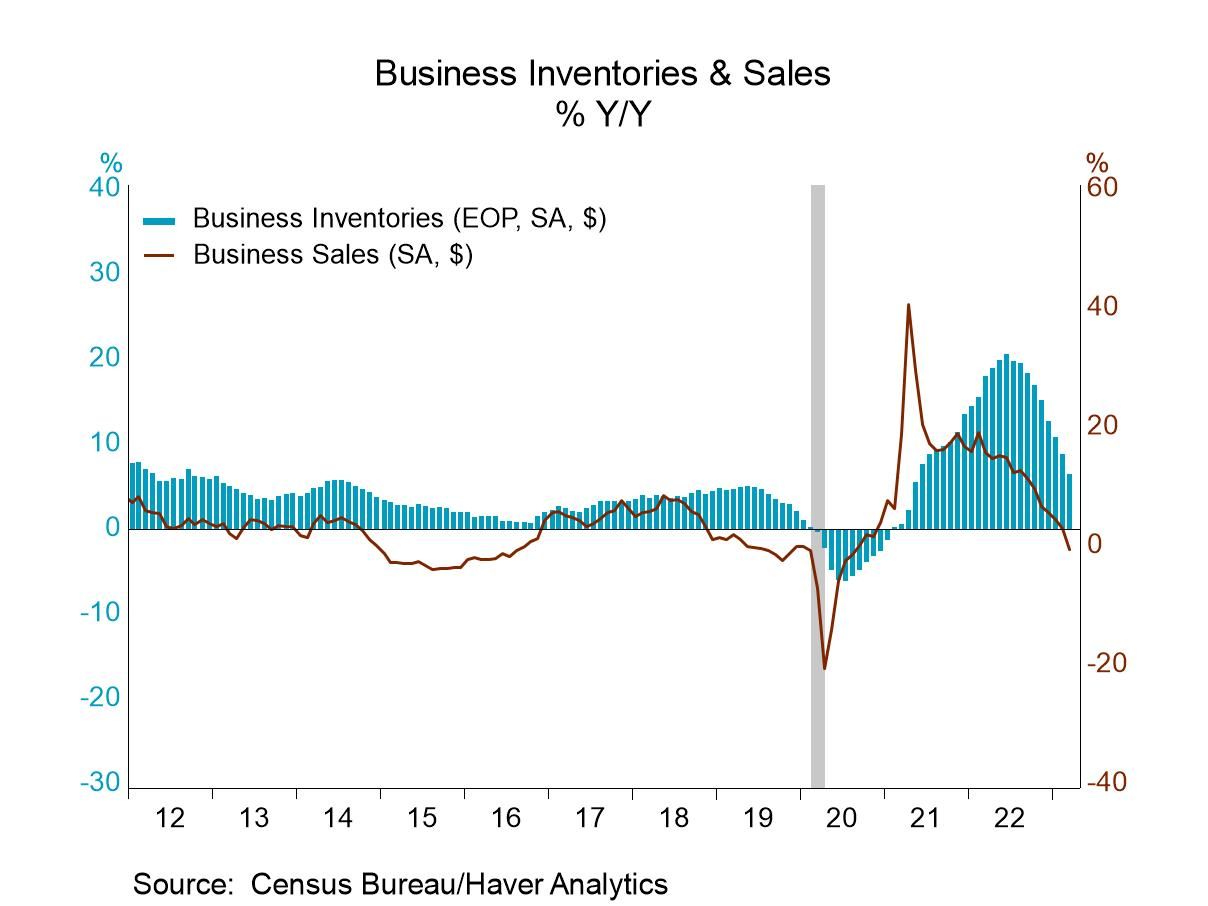Business inventories grew slightly, a trend that has sparked discussions about its causes, implications, and impact on supply chain management. This growth has prompted businesses to re-evaluate their inventory strategies and explore opportunities for optimization.
The increase in business inventories can be attributed to various factors, including supply chain disruptions, shifts in consumer demand, and anticipation of future growth. Understanding these causes is crucial for businesses to develop effective inventory management plans.
1. Business Inventories
Business inventories refer to the stock of goods held by a company at different stages of its production or sales process. These inventories play a crucial role in supply chain management, as they help businesses maintain a balance between supply and demand.
Types of Business Inventories
There are various types of business inventories, each serving a specific purpose in the supply chain:
Raw Materials Inventory
Consists of basic materials used in the production process, such as steel, fabric, or components.
Work-in-Progress Inventory
Includes partially completed products that are still undergoing processing or assembly.
Finished Goods Inventory
Comprises completed products that are ready for sale to customers.
2. Causes of Slight Growth in Business Inventories
Several factors could contribute to a slight increase in business inventories. One potential reason is supply chain disruptions, which can lead to companies holding higher levels of inventory to mitigate potential shortages.
Changes in consumer demand can also impact inventory levels. If consumer demand increases unexpectedly, companies may need to hold more inventory to meet the surge in orders. Conversely, if consumer demand decreases, companies may reduce their inventory levels to avoid overstocking.
Anticipation of Future Growth
Companies may also increase their inventory levels in anticipation of future growth. If a company expects to experience increased demand in the future, it may build up its inventory to meet that demand without facing potential supply chain constraints or delays.
3. Impact of Slight Growth on Business Performance: Business Inventories Grew Slightly

A slight increase in business inventories can have both positive and negative implications for financial performance. Understanding these impacts is crucial for businesses to make informed decisions about inventory management.
Inventory levels can significantly affect profitability, cash flow, and operational efficiency. The following are key considerations:
Profitability, Business inventories grew slightly
- Increased inventory levels can lead to higher holding costs, including storage, insurance, and handling expenses.
- Excess inventory can result in markdowns or write-offs, reducing profit margins.
Cash Flow
- Significant inventory investments can tie up cash, reducing liquidity and limiting the availability of funds for other business operations.
- Slow-moving or obsolete inventory can lead to cash flow problems, as it represents money that is not readily available.
Operational Efficiency
- High inventory levels can strain storage capacity, leading to inefficiencies in inventory management and increased labor costs.
- Excess inventory can also hinder production and distribution processes, reducing operational efficiency.
4. Implications for Supply Chain Management
The slight growth in business inventories has implications for supply chain management. Companies need to adjust their inventory management strategies to optimize inventory levels and minimize potential risks.
One of the key challenges for companies is to ensure that they have the right amount of inventory on hand to meet customer demand. If inventory levels are too low, the company may experience stockouts, which can lead to lost sales and customer dissatisfaction.
On the other hand, if inventory levels are too high, the company may incur unnecessary storage costs and may have difficulty managing its inventory effectively.
Balancing Inventory Levels
Companies can use a variety of inventory management techniques to balance inventory levels. These techniques include:
- Just-in-time inventory:This technique involves ordering inventory only when it is needed, which helps to reduce storage costs and minimize the risk of obsolescence.
- Safety stock:This is a buffer of inventory that is held to protect against unexpected increases in demand or supply chain disruptions.
- Inventory forecasting:This technique uses data to predict future demand, which helps companies to plan their inventory levels accordingly.
Managing Inventory Risk
In addition to balancing inventory levels, companies also need to manage inventory risk. This risk can be caused by a variety of factors, such as changes in demand, supply chain disruptions, and obsolescence.
Companies can use a variety of strategies to manage inventory risk, including:
- Diversifying suppliers:This helps to reduce the risk of supply chain disruptions.
- Holding safety stock:This provides a buffer against unexpected increases in demand.
- Using inventory insurance:This can help to protect companies from financial losses in the event of inventory damage or theft.
5. Industry-Specific Analysis

The impact of slight growth in business inventories can vary across different industries. Some sectors may be more sensitive to changes in inventory levels than others due to factors such as product shelf life, demand fluctuations, and production lead times.
Retail
- Retailers typically maintain higher inventory levels to meet customer demand and prevent stockouts.
- Slight growth in inventories can indicate increased consumer spending or anticipation of future demand.
- However, excessive inventory can lead to storage costs, markdowns, and potential obsolescence.
Manufacturing
- Manufacturers hold inventories of raw materials, work-in-progress, and finished goods.
- Slight inventory growth can reflect increased production or anticipation of future sales.
- High inventory levels can result in increased carrying costs, production inefficiencies, and potential waste.
Healthcare
- Healthcare providers maintain inventories of medical supplies, pharmaceuticals, and equipment.
- Slight growth in inventories can indicate increased patient demand or preparation for emergencies.
- Overstocking can lead to expiration, wastage, and potential safety hazards.
6. Global Economic Trends

Global economic trends play a significant role in shaping business inventories. Factors such as economic growth, inflation, and geopolitical events can influence inventory management practices and impact businesses worldwide.
Economic Growth
During periods of economic growth, businesses tend to increase their inventories in anticipation of higher demand for their products or services. This is because they expect to sell more goods and services in the future, so they need to have sufficient stock to meet the expected demand.
Inflation
Inflation, or a sustained increase in the general price level of goods and services, can also affect business inventories. When inflation is high, businesses may choose to hold more inventory to protect themselves from future price increases. They may also increase their inventory to take advantage of the potential increase in demand for goods and services as consumers seek to protect their purchasing power.
Geopolitical Events
Geopolitical events, such as wars, trade disputes, or natural disasters, can disrupt global supply chains and affect business inventories. These events can lead to delays in shipments, shortages of raw materials, or increased transportation costs, all of which can impact inventory levels.
Final Conclusion
In conclusion, the slight growth in business inventories presents both challenges and opportunities for businesses. By analyzing the causes, assessing the impact, and adjusting inventory management strategies accordingly, companies can optimize their inventory levels, mitigate risks, and enhance their overall performance.
FAQ Summary
What are the key factors driving the growth in business inventories?
Supply chain disruptions, changes in consumer demand, and anticipation of future growth are among the primary factors contributing to the increase in business inventories.
How can businesses optimize their inventory levels?
Businesses can optimize inventory levels through effective demand forecasting, inventory control techniques, and collaboration with suppliers to ensure efficient inventory management.